Leopard seals have a killer reputation, literally! Generally speaking, an animal that feeds on adorable little penguins tends to get a bit of a bad rap. In reality, leopard seals are intelligent and powerful predators. Read on to learn about the leopard seal.
Description of the Leopard Seal
Leopard seals, believe it or not, have lots of spots. They have a color gradient that shifts from white on their underside, to dark gray on their backs. Over this base color, leopard seals are dappled with gray or black spots. The leopard seal has an extremely long, muscular body, with a huge set of jaws.
Interesting Facts About the Leopard Seal
Leopard seals are an extremely unique species of marine mammal. This seal in particular has a number of distinct and interesting characteristics.
- Underwater Camouflage – Leopard seals come with built-in camouflage, but it only works when they are underwater. Leopard seals have a coloration that can be found in some marine animals, called “countershading.” Countershading is when an aquatic animal has a lighter underside, and darker back. This pattern makes it difficult to see the animal in the water. When viewing the animal from above, the dark back blends in with the dark water below. When viewing the animal from below, the light underside blends in with the sunlight above.
- “True” Seals – Leopard seals are in the family Phocidae, which are considered “true” seals. All seals, sea lions, and walruses are considered pinnipeds, a taxonomic clade separating them from other carnivores. Pinnipeds are divided into “true seals” in the family Phocidae, and “eared seals” in the family Otariidae. Eared seals, such as California sea lions, have small external ear flaps, and can rotate their rear flippers underneath them to “walk” on land. True seals, such as leopard seals, have a small hole as an entrance to the ear, and have rear flippers that point straight back, making movement on land more difficult.
- Skilled Predators – Leopard seals are incredibly accomplished predators. The name “leopard” not only applies to the leopard seal’s coloration, but also to their hunting ability. This clever predator hunts along the edges of ice floes, waiting for prey to enter the water. Leopard seals are one of two species of pinniped that hunt warm-blooded animals (such as penguins), and the only pinniped to hunt smaller species of seals.
Habitat of the Leopard Seal
Leopard seals live and hunt in Antarctic waters, and remain among the pack ice most of their lives. They hunt along the edges of the ice, and give birth on ice floes during summer.
Distribution of the Leopard Seal
Leopard seals are most frequently found in the waters around western Antarctica, but they are known to inhabit the oceans surrounding the entire continent. They have also been sighted as far as the southern coasts of South America, South Africa, Australia, and New Zealand.
Diet of the Leopard Seal
Leopard seals hunt krill, fish, squid, a number of penguin species, and smaller seal species.
Don’t Feed the Photographers!
The leopard seal is known for its voracious appetite, and it can be a quite intimidating character due to its immense size. There is even one recorded instance of a leopard seal killing a marine biologist in 2003. However, these marine mammals are not simply the voracious predators that they’ve been made out to be.
Leopard seals have even been known to feed wayward photographers! Photographer Paul Nicklen investigated the leopard seal’s sinister reputation, and developed a deep contrasting opinion from his experiences.
While the photographer was in the water with a ten-foot long female leopard seal, the seal began to do something truly remarkable – she began to feed the photographer. The leopard seal brought penguins, in various stages of death, to Nicklen. She attempted to feed Nicklen penguins for all five days of filming. It is a truly interesting experience, and you can view the TED Talk here. The leopard seal story begins at 10:48 in the video.
Leopard Seal and Human Interaction
Unlike other species of Antarctic seals, leopard seals were not frequently hunted for their coats. The leopard seal’s greatest danger is man-made threats, such as diminishing pack ice due to global climate change. They are also threatened by overfishing, which could potentially collapse the food chain.
Domestication
Leopard seals have not been domesticated in any way, and are very infrequently kept in zoos and aquariums. The last specimen in human care was a leopard seal found stranded on an Australian beach in 2007. The animal was kept at Taronga Zoo until 2014, when it became gravely ill and had to be euthanized. As of 2018, there are no leopard seals in human care.
Does the Leopard Seal Make a Good Pet
The leopard seal would not make a good pet. They require a complex diet, and can potentially be dangerous.
Leopard Seal Care
From the few animals kept in zoos and aquariums, some knowledge on leopard seal care has been accumulated. This information is limited however, and additional research would be necessary to determine the most effective care.
Leopard seals require a spacious pool, allowing for adequate amounts of exercise. They also require large amounts of fish and squid for their daily diet. Mineral supplements are frequently necessary, as a full diet replicating their wild counterparts is incredibly difficult to provide.
Behavior of the Leopard Seal
Leopard seals exhibit a behavior extremely unique to pinnipeds – while underwater, they sing. Though many species of seals are quite vocal (visit any zoo with California sea lions to confirm), underwater singing is typically reserved for whales. From November to January, leopard seals vocalize much more frequently, with males singing for long periods each day. It is believed leopard seals sing to attract mates.
Reproduction of the Leopard Seal
Leopard seals are highly solitary creatures, and only congregate to reproduce. Because of this, finding a mate could potentially be difficult, and this is why it is theorized that both male and female leopard seals sing during breeding season. Males will mate with multiple females, but they do not collect a harem like some other pinniped species do.
Female leopard seals have a gestation period of approximately 11 months. As with many other Antarctic pinniped species, the pups develop very quickly. Leopard seal pups are weaned from their mother’s milk in only a month. The father does not assist in pup rearing, and once the baby is weaned both mother and pup resume a solitary lifestyle.

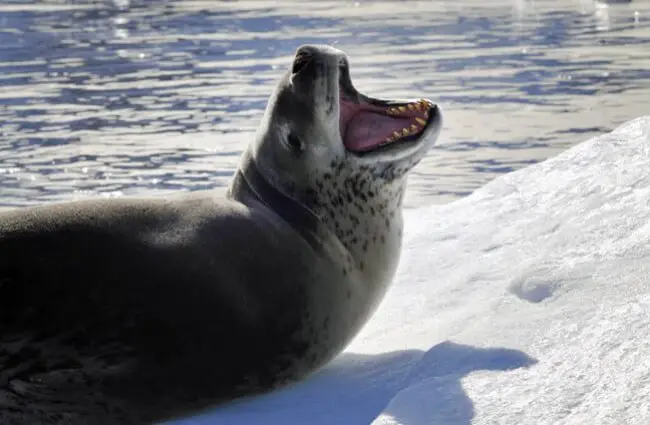
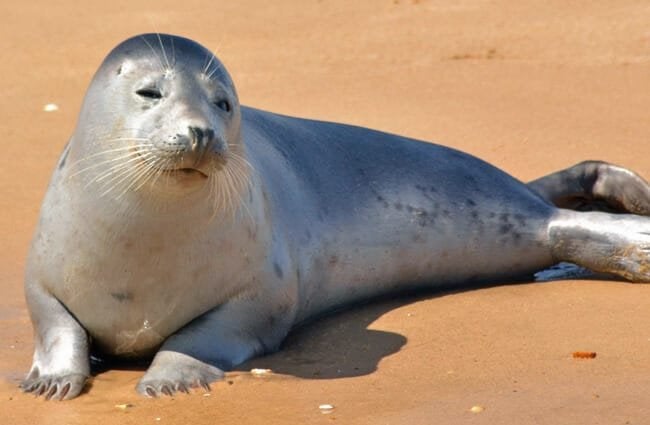
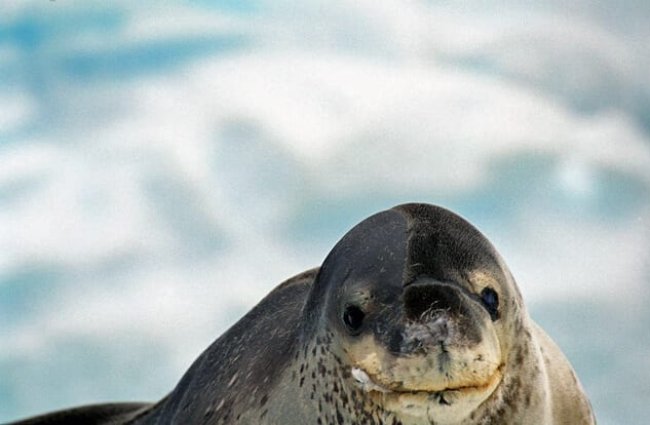

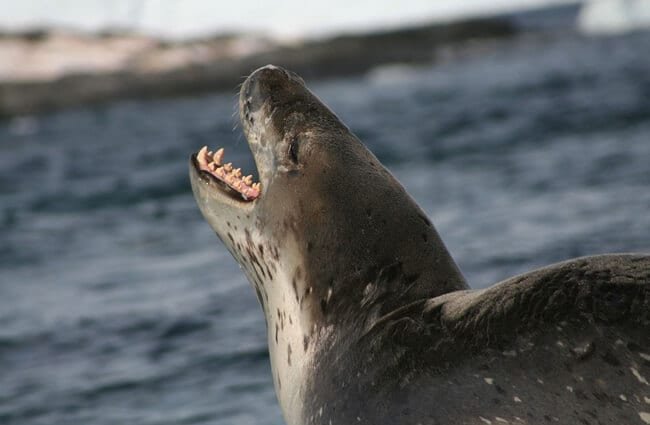
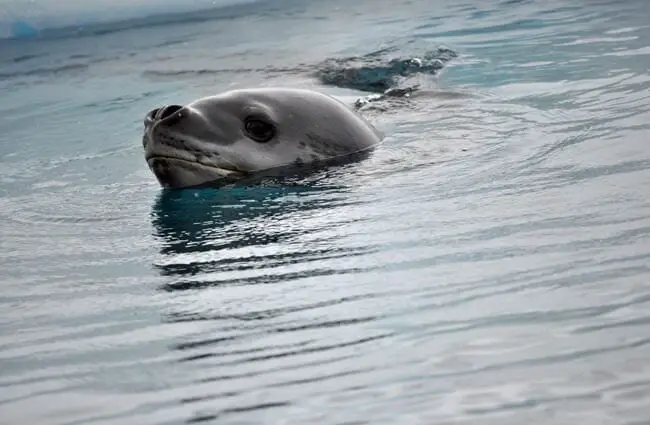

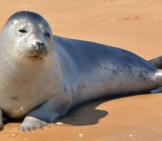



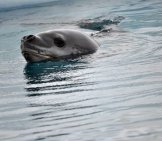
![Red Angus Closeup of a beautiful Red Angus cowPhoto by: U.S. Department of Agriculture [pubic domain]https://creativecommons.org/licenses/by/2.0/](https://animals.net/wp-content/uploads/2020/03/Red-Angus-4-238x178.jpg)












![Red Angus Closeup of a beautiful Red Angus cowPhoto by: U.S. Department of Agriculture [pubic domain]https://creativecommons.org/licenses/by/2.0/](https://animals.net/wp-content/uploads/2020/03/Red-Angus-4-100x75.jpg)

